Denbigh Castle | Visit Amazing Welsh Castles
Denbigh Castle is a large medieval fortress in Denbighshire, North Wales. It was built during the late 13th century by order of King Edward I. The castle stands on a rocky hill above the town of Denbigh.
It forms part of Edward’s ring of castles designed to secure his control over Wales.
The site combines defensive structures with a walled town. Although it is partially ruined, significant sections of the curtain walls, towers, and gatehouses survive. Denbigh Castle is managed by Cadw, the Welsh Government’s historic environment service.
Quick Facts
Location: Denbigh, Denbighshire, North Wales
Type: Medieval concentric castle with walled town
Built by: Henry de Lacy, Earl of Lincoln, under orders from King Edward I
Construction Period: Began in 1282, continued into the early 14th century
Materials: Local limestone and sandstone
Dog Policy: Dogs on leads are allowed within the castle grounds
Ownership: Managed by Cadw
Condition: Partially ruined with significant surviving structures
UNESCO Status: Not listed, but part of Edward I’s broader conquest network in Wales
Brief History
Denbigh Castle was constructed following the conquest of North Wales by Edward I. The king awarded the Lordship of Denbigh to Henry de Lacy, one of his most trusted commanders, in 1282. Construction of both the castle and the walled town began shortly after.
The castle played an important role during the Welsh uprising of 1294–95. Madog ap Llywelyn, a Welsh leader, captured the unfinished town but failed to take the castle. Work continued through the early 14th century, strengthening the defences.
During the 15th century, Denbigh Castle saw action in the Wars of the Roses. It remained strategically important into the 17th century when it was used during the English Civil War. Royalist forces held Denbigh Castle until around 1659 - 1660. After surrender, the Parliamentarian government deliberately damaged the defences, leaving it in ruins.
Today, the castle stands as a prominent historic site in Denbighshire, offering insight into medieval military architecture.
Features and Layout
Denbigh Castle follows a concentric design, meaning it has multiple defensive walls. The castle stands within a roughly triangular walled area that once enclosed the medieval town.
Triple-Towered Gatehouse
The most famous feature is the massive gatehouse with three imposing towers. It served as both a defensive structure and a symbol of power.
Curtain Walls and Towers
Long stretches of curtain wall remain, punctuated by several towers. These provided defensive platforms and living quarters for soldiers.
Breach in the Walls
A large gap in the southern wall remains visible. This breach was caused by deliberate slighting during the Civil War.
Town Walls
The original walled town had its own gates and defences. Parts of these walls still stand and can be followed along walking routes.
Elevated Location
The castle's elevated position provided natural defence and extensive views over the Vale of Clwyd.
Did You Know?
Denbigh Castle has graffiti carved into its stones, some dating back several centuries. This includes names and initials left by visitors and soldiers.
Images
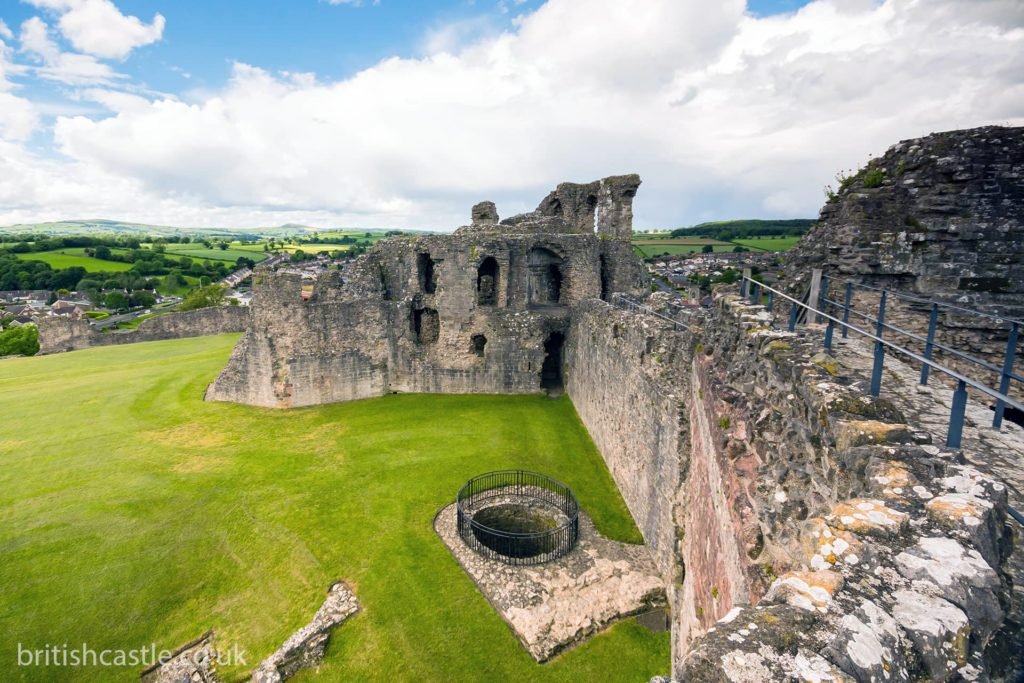
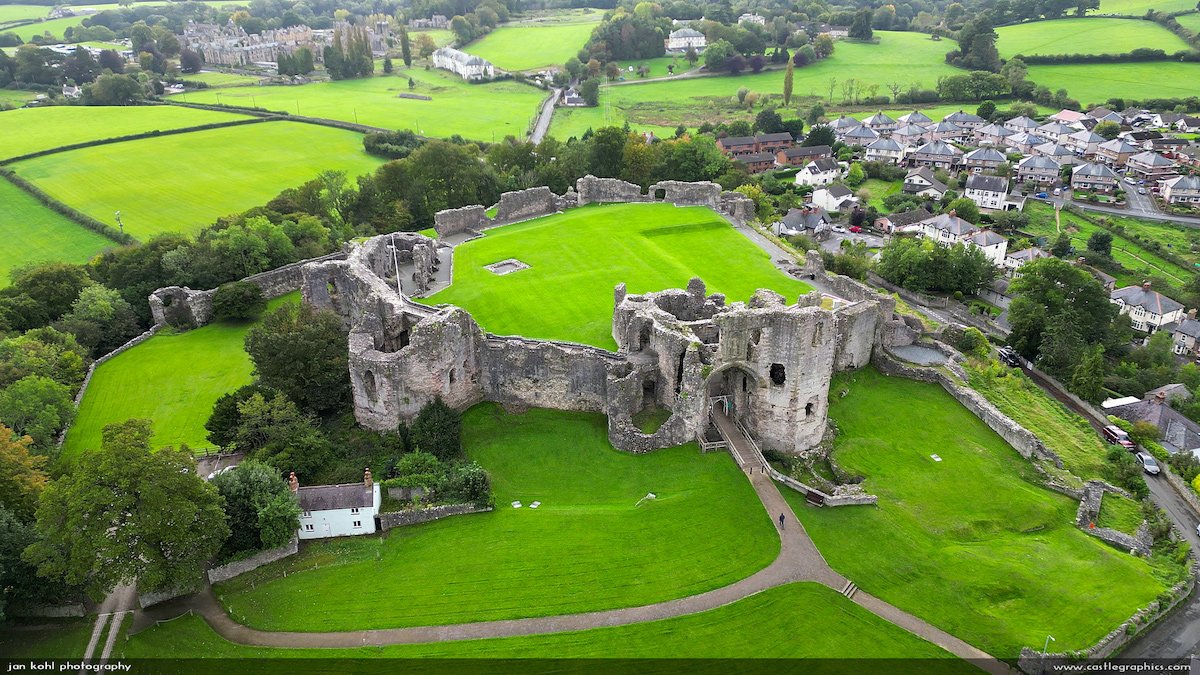
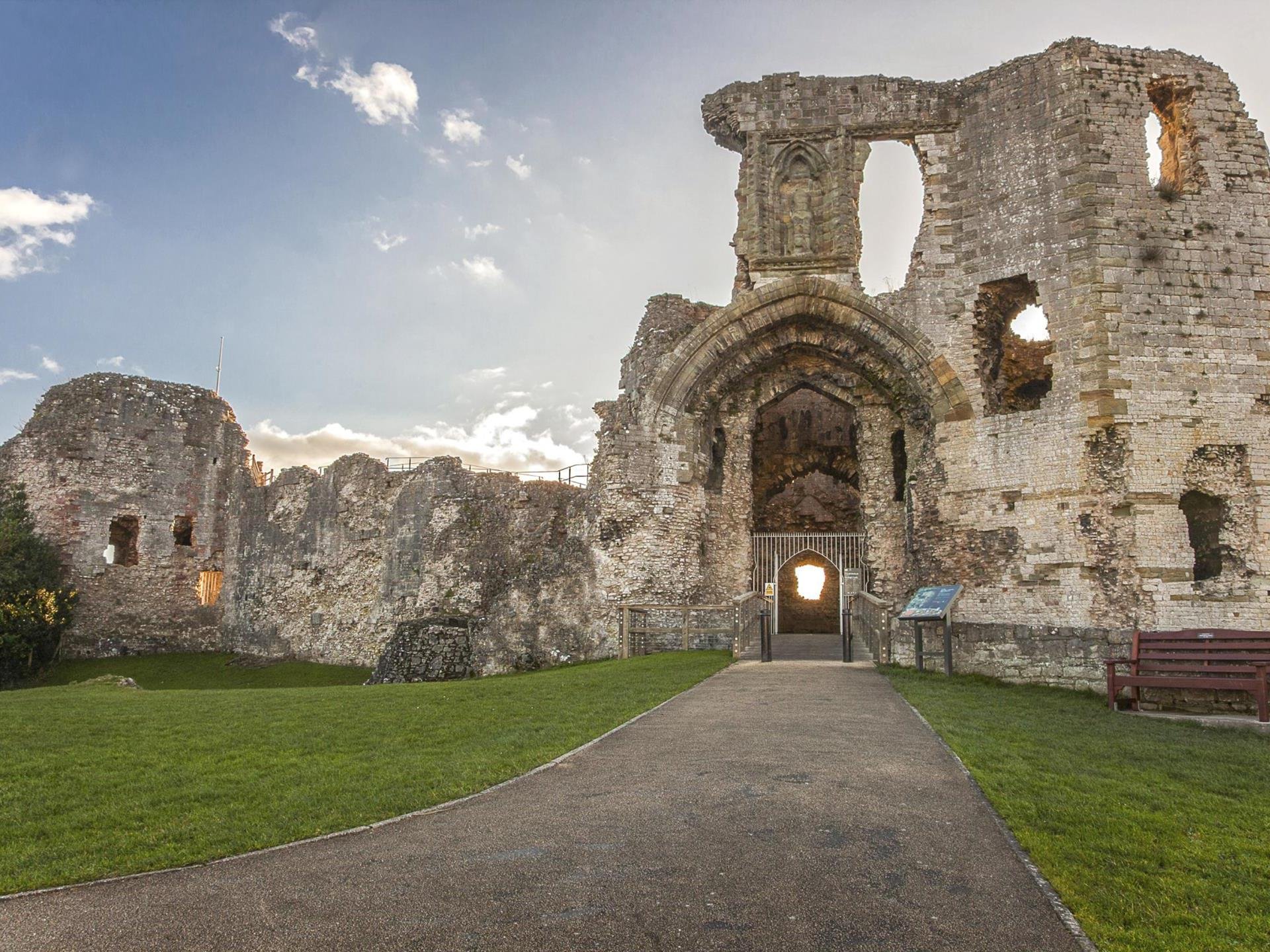
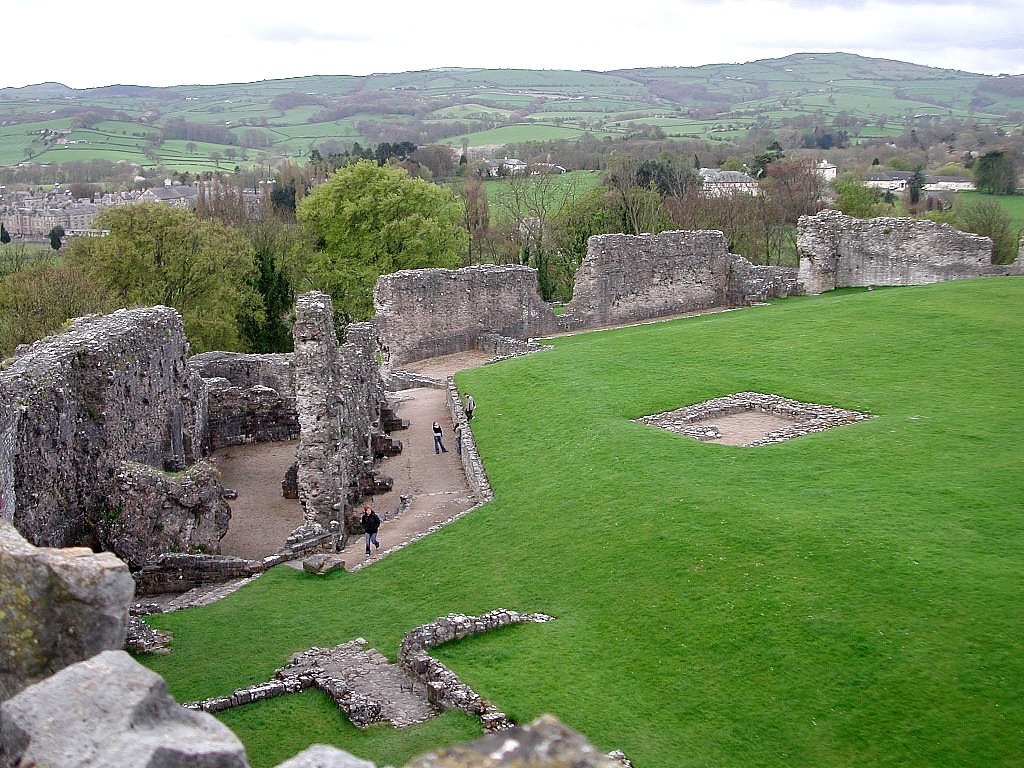
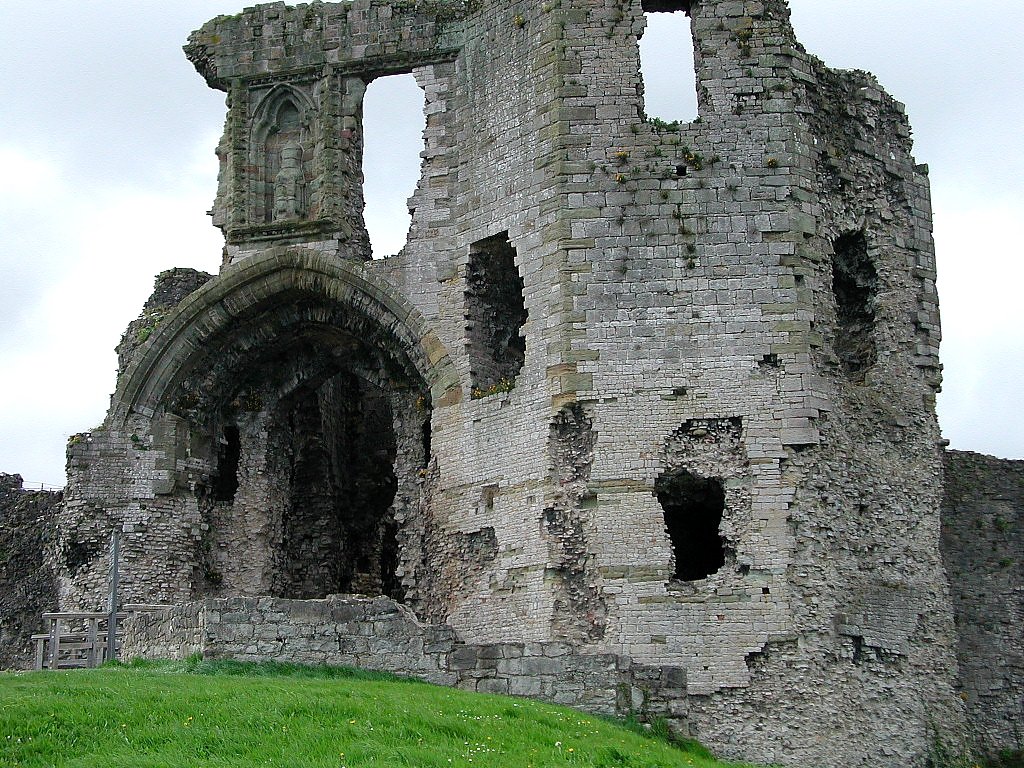
Legends and Stories
Denbigh Castle is associated with several local legends, reflecting its long history.
One story involves the so-called “Goblin Tower,” a well-preserved tower near the castle site. According to local tradition, the tower is haunted by a spirit known as the Goblin of Denbigh. Some believe the ghost is a medieval guardian who met a tragic end. Reports of strange noises and sightings continue, particularly during twilight hours. This tale is popular on local ghost tours and is mentioned by Visit Wales
Another tale focuses on the castle’s Civil War history. It is said that Colonel William Salesbury, the Royalist commander, refused to surrender Denbigh Castle until he was presented with direct orders from King Charles I. This story highlights the fierce loyalty of the garrison and is described in Cadw’s official materials.
Visiting
Always check Cadw for accurate times.
Here are the essential details for planning your visit:
Opening Times & Prices
According to Cadw (as of 2025):
1 April – 2 November: 10 am–5 pm (closed Tuesdays & Wednesdays)
3 November – 31 March: 10 am–4 pm (closed Mondays – Thursdays)
Closed: 24, 25, 26 December & 1 January
Last admission: 30 minutes before closing
Entry fees (summer rates):
Adult: £6.50
Senior (65+): £5.80
Student/Junior (5–17): £4.50
Family (2 adults + up to 3 under-17s): £20.70
Disabled visitor + companion: Free
Online tickets include a 5% discount
Directions & Facilities
Location: Castle Hill, Denbigh, LL16 3NB
By road: Accessible via A525, A543, B5382
By rail: Nearest station at Abergele (~7.5 miles away)
By bus: Approximately 300 m walk from stops on routes 151/152
Onsite amenities:
Small gravel car park (≈15 spaces) + 1 accessible bay
EV charging: Two Type 2 (22 kW) points
Visitor centre with gift shop, toilets, baby-changing, portable induction loop
Audio tour and medieval sound effects inside the gatehouse
Dog Policy
Dogs on short leads are welcome on ground floor levels only. Assistance dogs have full access
Accessibility & Safety
Level, gravelled paths from car park to visitor centre and castle entrance; main path is sloped but without steps
Steep and uneven internal stairs to upper wall walks; caution is advised
Guardrails installed; climbing is prohibited for safety
Visitor Experience
Key for town wall access (postern path) available with a refundable deposit; last access at 3 pm
On “Open Doors” heritage event days (e.g., September 20–21, 2025), normal entry applies and the triple‑tower gatehouse is enhanced with sound effects
Nearby Attractions
There are several notable sites within walking distance or a short drive of Denbigh Castle.
St Hilary’s Chapel (ruined)
A former garrison church of the medieval town, now only the tower remains. It stands just north of the castle and is Grade I listed
Leicester’s Church (St David’s Church)
An ambitious 16th-century project begun by Robert Dudley, Earl of Leicester. Construction stopped in 1584 and the church remains as an open shell. It is Grade I listed and cared for by Cadw .
Denbigh Town Walls
The medieval defensive walls that surround the castle and part of the adjacent town. Segments of these walls are accessible via footpaths with an admission ticket .
St Marcella’s Church
Located about a mile south-east of the town centre, this 13th-century church features an impressive hammerbeam roof and is Grade I listed .
Evan Pierce Memorial Garden
A quiet urban park created in the late 19th century, featuring fountains and a statue. It is designated Grade II on the historic parks register .
Visitor Tips
Buy tickets online: Save 5% on admission prices by purchasing through the Cadw website.
Check accessibility: Paths around the castle are uneven; suitable footwear is advised.
Use the audio guide: The free audio experience enhances your visit with historical commentary and medieval sound effects.
Bring change: A refundable £5 cash deposit is needed for the town walls key.
Parking is limited: Arrive early to secure a spot in the small onsite car park.
Picnic spots available: Benches are provided outside the main entrance.
Combine with other sites: Leicester’s Church and St Hilary’s Chapel are within walking distance.
Dogs allowed on leads: Remember restrictions apply to upper areas inside the castle.
FAQs
-
Denbigh Castle is known for its triple-towered gatehouse, a rare and impressive defensive feature in medieval castles. It also includes a concentric design with multiple lines of defence.
-
Yes, with your castle ticket you can access sections of the Denbigh Town Walls. A refundable deposit is required to collect the key from the visitor centre.
-
Yes. Families often visit the castle, and children enjoy exploring the towers and walls. However, care is advised as some areas include steep stairs and uneven surfaces.
-
Yes, there are public toilets within the visitor centre, including baby-changing facilities.
-
Yes, Denbigh Castle sometimes hosts events, especially during Cadw’s “Open Doors” weekends in September and other heritage days. It is advisable to check the Cadw website for current events.
Wrapping it Up
Denbigh Castle is a significant example of medieval military architecture in North Wales. Built during Edward I’s conquest, it served both as a fortress and administrative centre. Today, visitors can explore its towering gatehouse, extensive curtain walls, and the remains of the medieval town. Managed by Cadw, Denbigh Castle offers a well-preserved look into medieval history alongside nearby historic sites.
Sources
Cadw
Official Cadw page with historical details, opening times, ticket prices, accessibility, and facilities.
https://cadw.gov.wales/visit/places-to-visit/denbigh-castleVisit Wales
Tourist information with a summary of key features, legends, and nearby sites.
https://www.visitwales.com/attraction/castle/denbigh-castle-town-walls-915763Visit Mid Wales
Event details for Open Doors weekends, including special access information.
https://www.visitmidwales.co.uk/showmewales/whats-on/denbigh-castle-cadw-open-doors-2025-p2216951


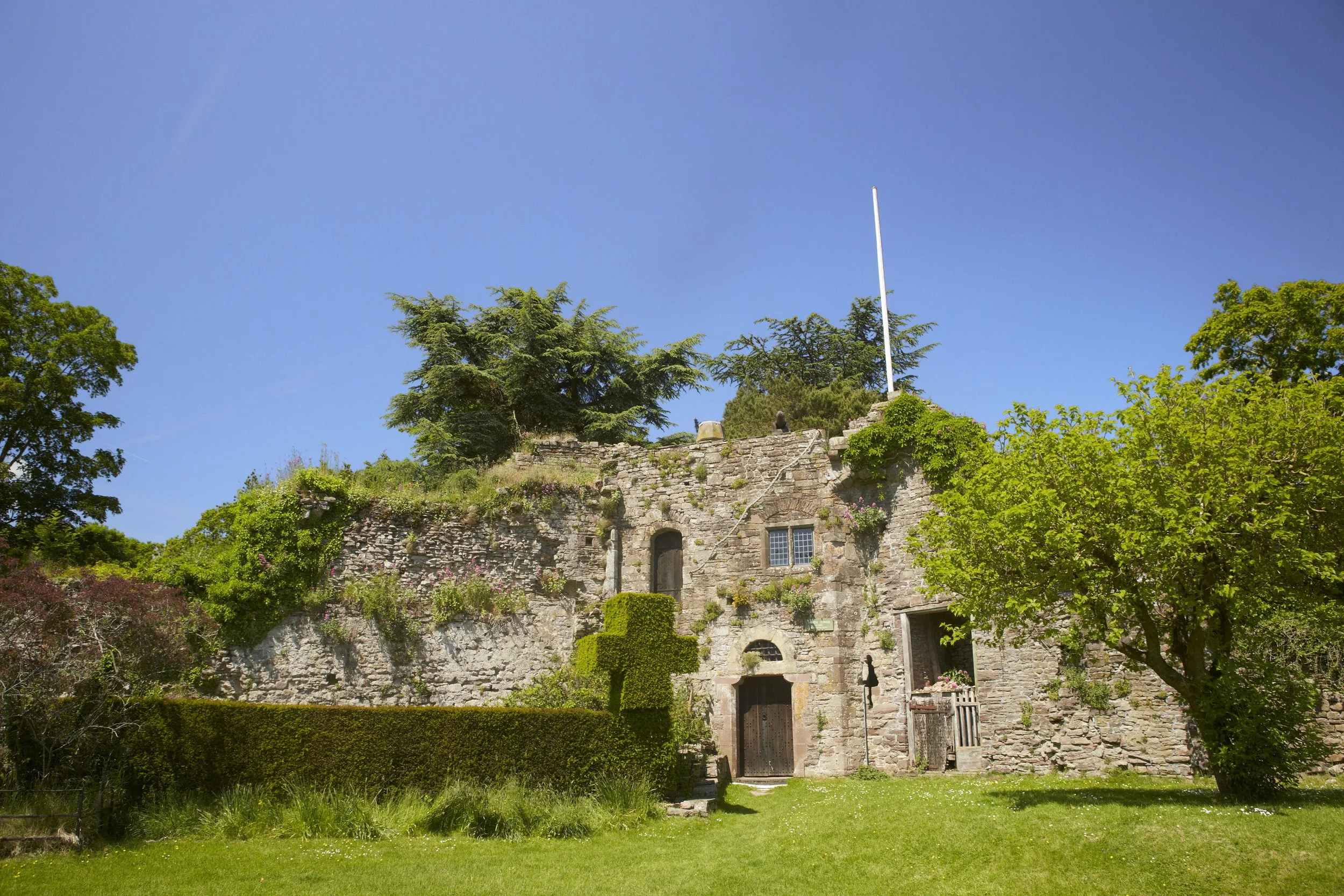
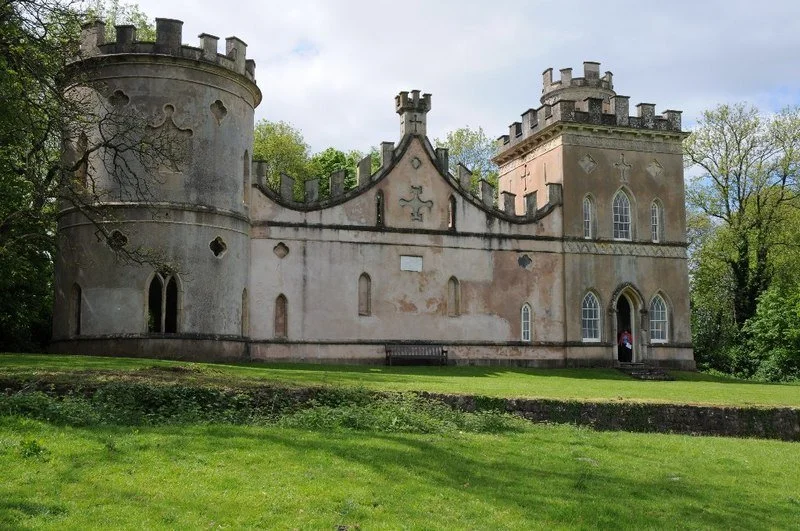
Cardiff Castle is a medieval and Victorian-era site in the centre of Cardiff, the capital of Wales.